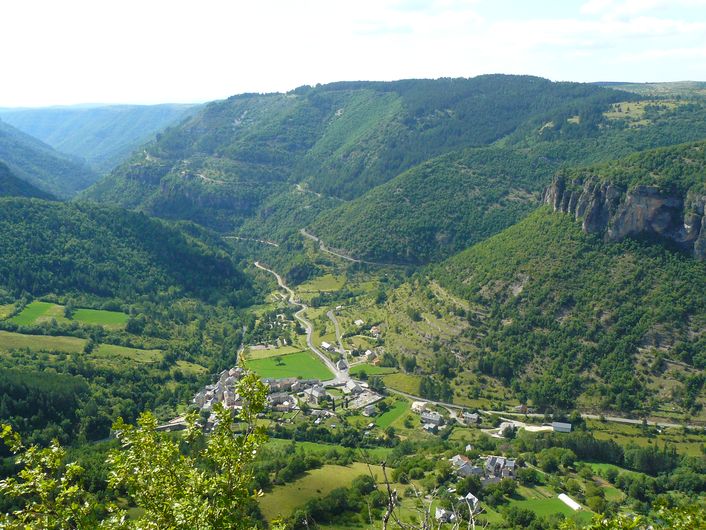
The Causse de Canayère plateau
This path between limestone and schist bedrock helps you to imagine the folds, collapses and faults that have affected this region in geological time. You walk past fault lines, along which the land has sunk by several hundred metres, and overlook a river that has been carving out its gorge for almost three million years. The path’s various stopping places also showcase humanity’s influence on the environment and landscape since prehistoric times.
7 points of interest
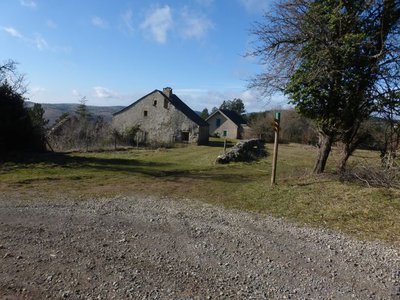
Canayère - nathalie.thomas  History
HistoryCanayère
A former farm turned forester's house in 1880. In the early days of the Mont Aiguoal reforestation, forestry officers lived here year-round during their missions. Forestry workers working on the replanting were allowed to use the outbuildings. Later, only one official resided here. Since 1967, no official has permanently lived here. (B. Mathieu)
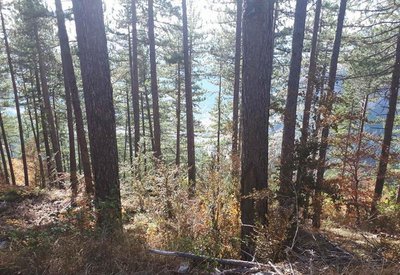
pins noirs - © Sud Cévennes  History
HistoryA recent forest
The stands that were planted during the large reforestation programmes of the late 19th century onwards consist of black pines, a rustic species that is well-adapted to dry limestone soils. Underground, the Causses plateaux are characterised by networks of tunnels and cavities that have been created by water movement over millions of years. Subterranean rivers are blocked by the impermeable layers of the valley floor and flow into the Trévezel instead.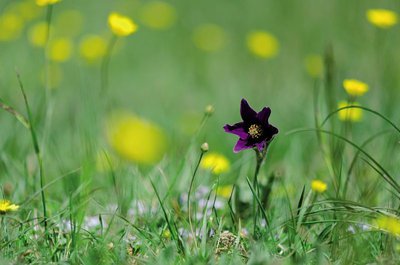
Anémone pulsatille - © Olivier Prohin  Natural environment
Natural environmentTypical grasslands on limestone soil
This small area of grassland is one of the rare open spaces on the Causse de Canayère. It is of interest for the preservation of certain flower species, especially the pasqueflower and several varieties of orchid. To counteract the natural progression towards more closed environments, this site is maintained by regular mowing.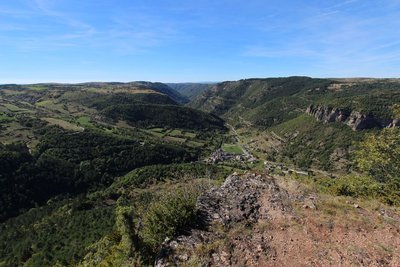
© Valère Marsaudon  Geology
GeologyOpen-sky geology
The granite and schist (slate) that constitute the bedrock of the Cévennes and Causses were created in the Paleozoic. The bedrock was then flattened by erosion and covered by the sea, leading to limestone deposits. On the reliefs, erosion has eliminated the sedimentary top layer while in zones of subsidence, such as the Causses, the limestone deposits remained in place. Since then, waterways have cut ever deeper into the limestone, and continue to do so today.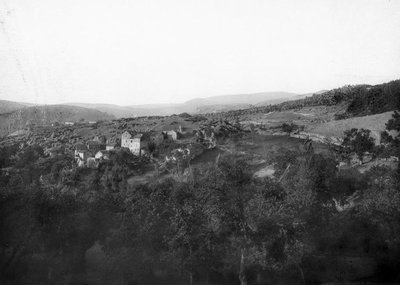
© Fonds Flahault  History
HistoryThe hamlet of Espruniers
This hamlet, which consisted of a sizeable grouping of houses, was inhabited until about 1930. You have stopped on what was probably the threshing floor for grains.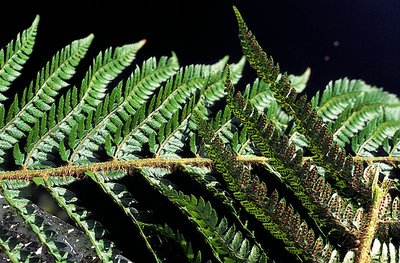
Polystic - © Yves Maccagno  Geology
GeologyThe schist/limestone contact zone
Here, the layers of the schist outcrops are almost vertical in places. This contact between Causses and Cévennes, between the primary bedrock and the limestone layers, is due to a geological fault created by the various movements and constraints that have affected the Earth’s crust. In this zone, the schist bedrock has been pushed upwards by several hundred metres along the fault line compared to the limestone plateau, although the latter is less old.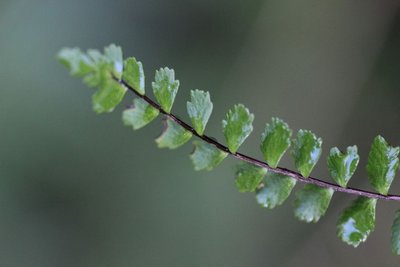
Capillaire - © Valère Marsaudon  Flora
FloraCalcifugous vegetation
This section of the path in the schist zone showcases calcifugous (“limestone-avoiding”) vegetation, which only grows on acid soils (schist or granite): especially chestnut trees, ferns, heather and broom.
Description
Accessible on foot directly from the village of Trèves via Le Villaret hamlet (there and back 4km, elevation gain 330m).
- Departure : Foresters’ house at Canayère
- Arrival : Foresters’ house at Canayère
- Towns crossed : Trèves
Forecast
Altimetric profile
Recommandations
This path has rocky and vertiginous sections. For your own safety, you must stay on the waymarked path.
Information desks
Tourism & national parc'house
Col de la Serreyrède, 30570 Val d'Aigoual
The Maison de l'Aigoual houses the tourism office Mont Aigoual Causses Cévennes and the Maison du Parc national. This visitor centre provides information on and raises awareness of the Cévennes National Park, its sites and events as well as the rules that must be observed in the National Park's central zone.
On site: changing exhibitions, video projections, Festival Nature events and shop Open year-round
Transport
Arrêt: "Trèves"
Lio ligne 108 Trèves Aigoual Le Vigan.
www.lio.laregion.fr
Access and parking
From Trèves, D 47 and D 151 to the Col de la Pierre Plantée pass, then D 710 at the Col des Rhodes pass.
Parking :
Calculateur d'itinéraire Lio
Utilisez le calculateur liO pour organiser votre trajet en région Occitanie.
Autres régions
Calculez votre itinéraire en Auvergne Rhône Alpes sur Oùra
Biodiversité autour de l'itinéraire
Source


Report a problem or an error
If you have found an error on this page or if you have noticed any problems during your hike, please report them to us here:

